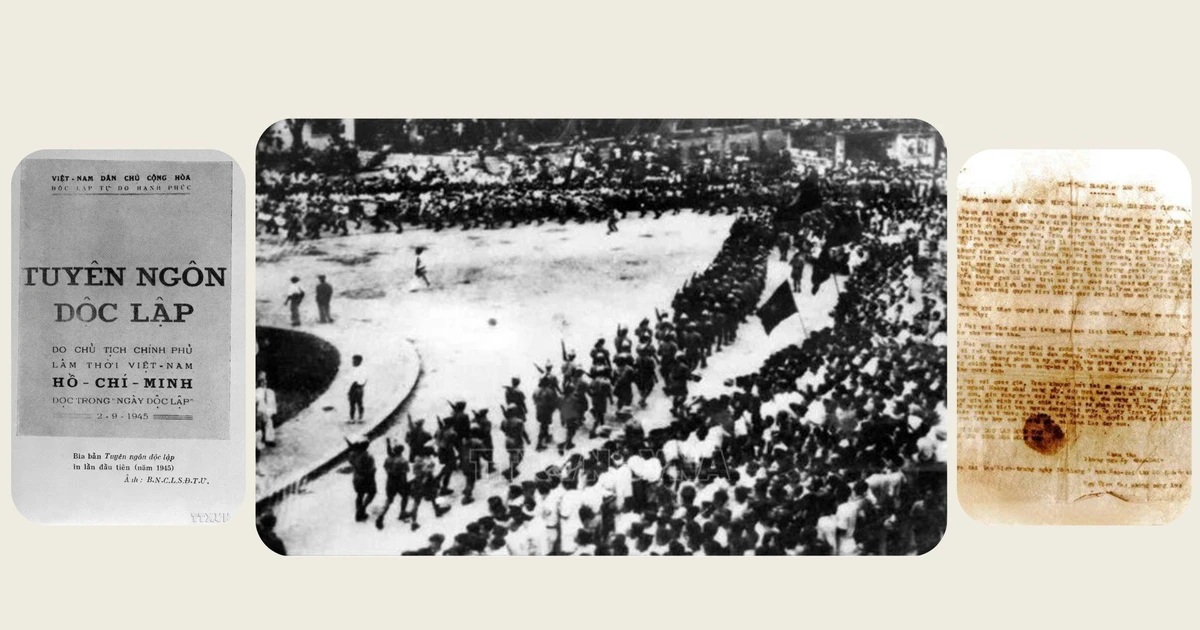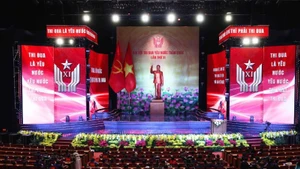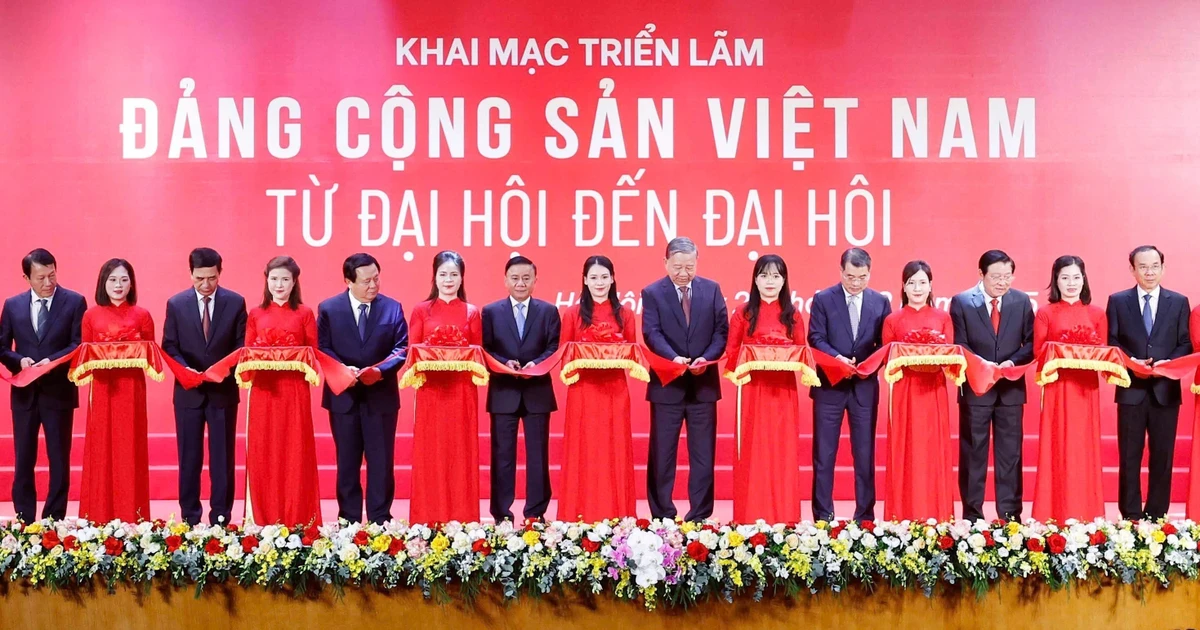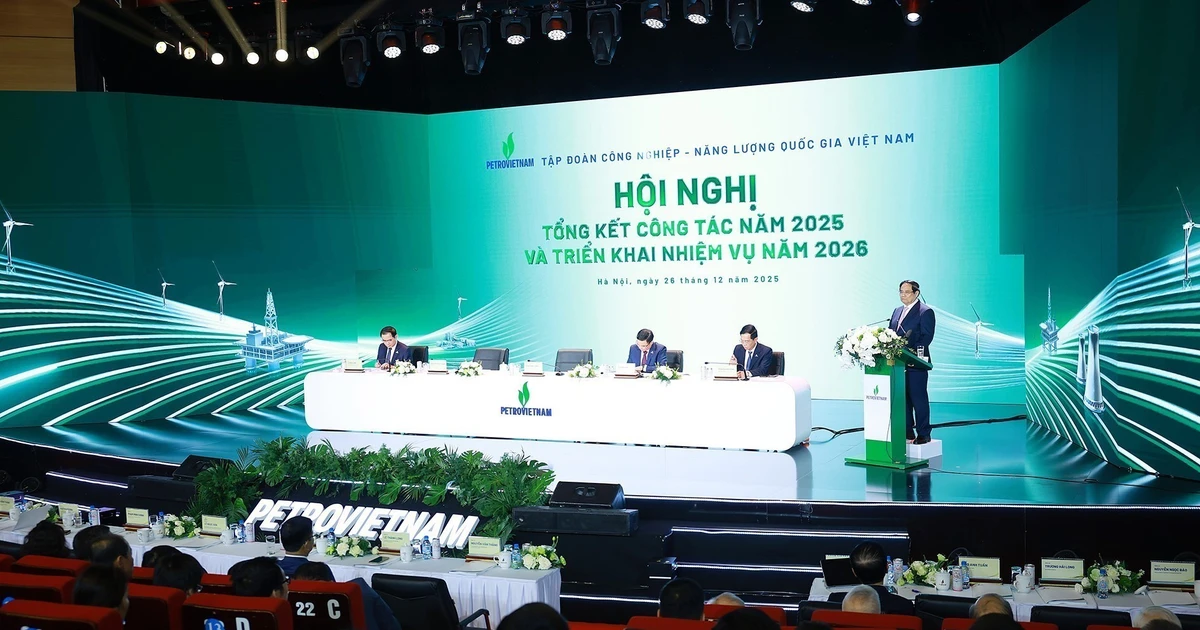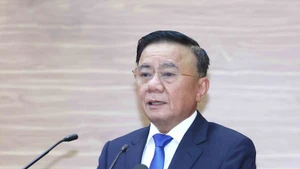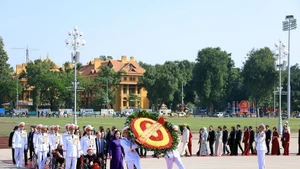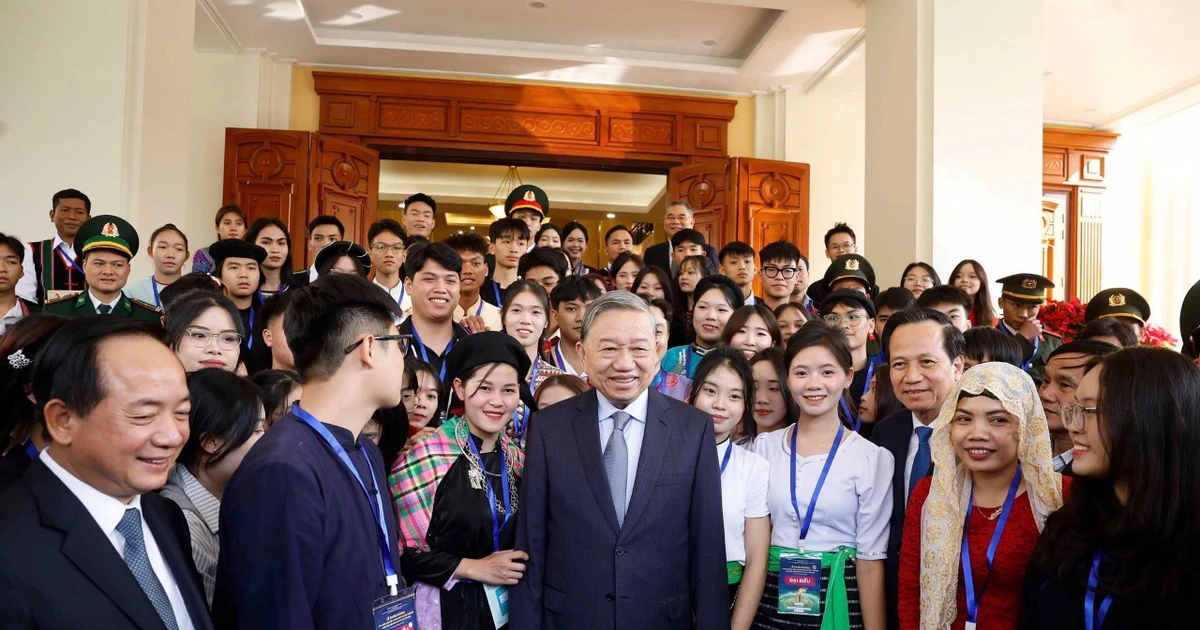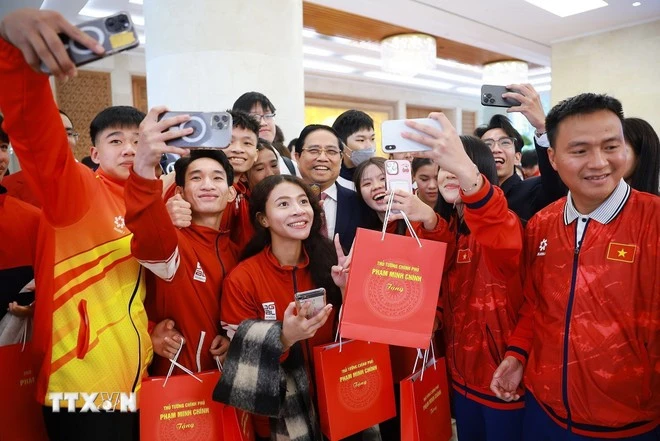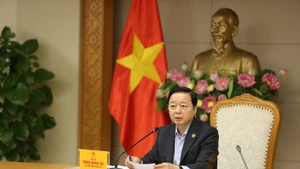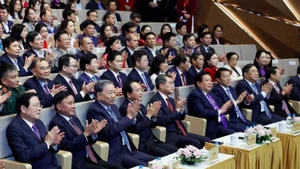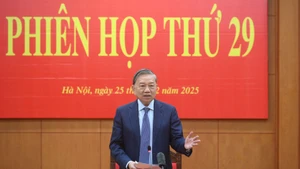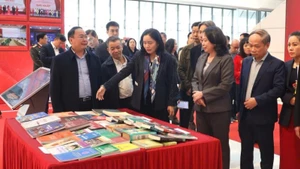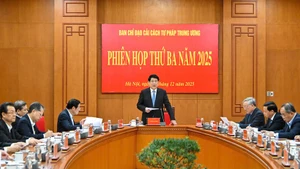In Ha Tien, that morning, under the leadership of the Chau Thanh District Party Committee, crowds from Hon Chong, Ba Hoa, Duong Hoan, Thuan Yen, Loc Tri, and surrounding areas marched into the town armed with sticks, spears, and sharpened bamboo. Together with local forces, they seized power from the enemy authorities.
After occupying the enemy’s administrative posts, the insurgents staged a show of strength by marching through the streets before gathering at the town’s tennis court for a mass rally.
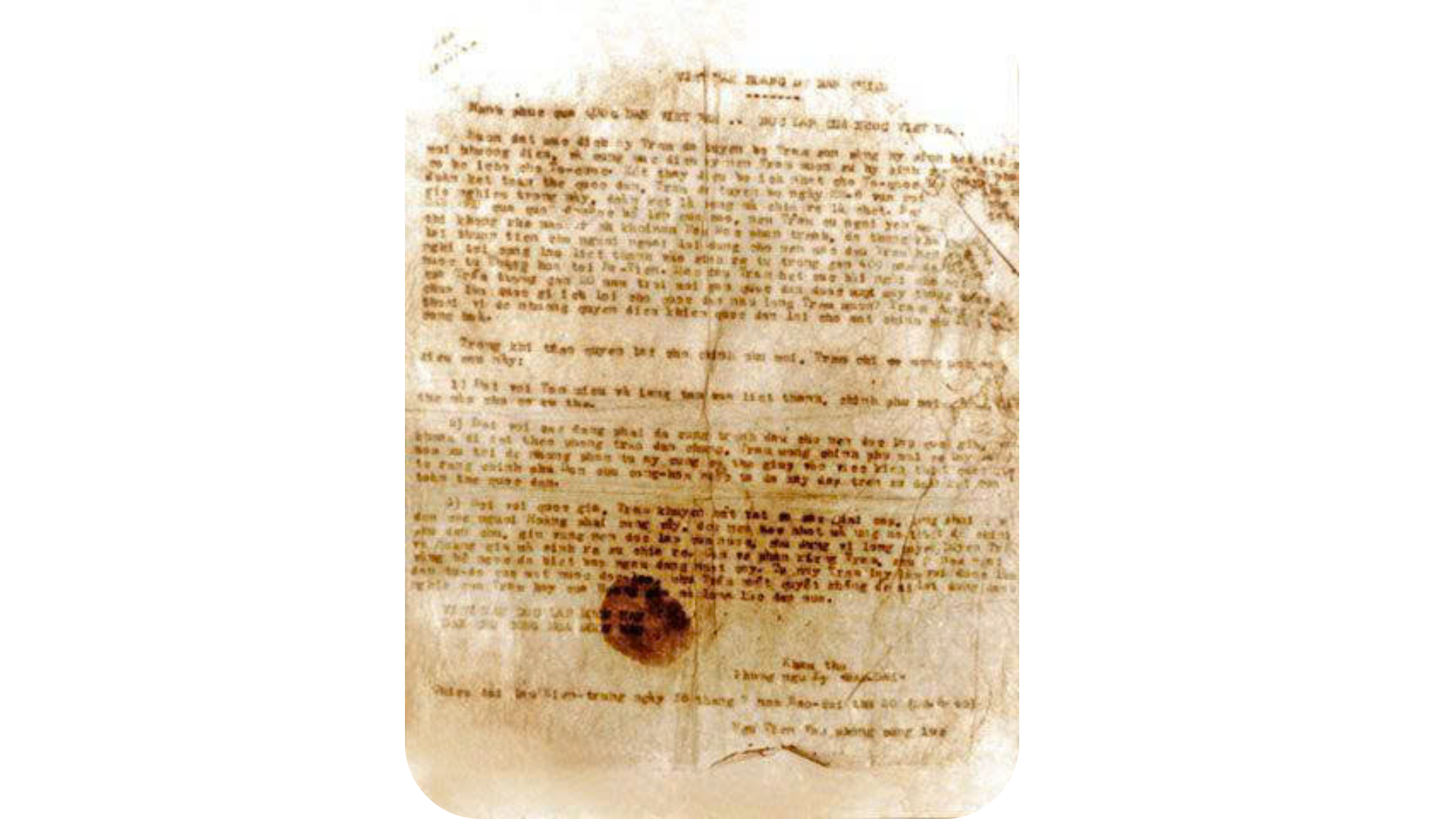
Standing before 3,500 people, a representative of the Provincial Uprising Committee declared the abolition of the Japanese-backed puppet administration and the establishment of a people’s revolutionary government. Following the victory in the provincial capital, uprisings broke out in other localities as well. Phu Quoc, however, rose up later due to its remote island location.
In Dong Nai Thuong, where revolutionary forces had yet to be firmly established, the uprising was carried out with active support from Lam Vien. After seizing power successfully on August 23, the Lam Vien People’s Revolutionary Committee discovered that the administration in Dong Nai Thuong, headed by Cao Minh Hieu, was not in fact a genuine revolutionary authority. As such, they dispatched 100 cadres and supporters from Da Lat to Di Linh, travelling in three vehicles flying the Viet Minh flag, to support the local people in taking power. Along the way, their ranks swelled as demonstrators from Don Duong and La Ba joined them.
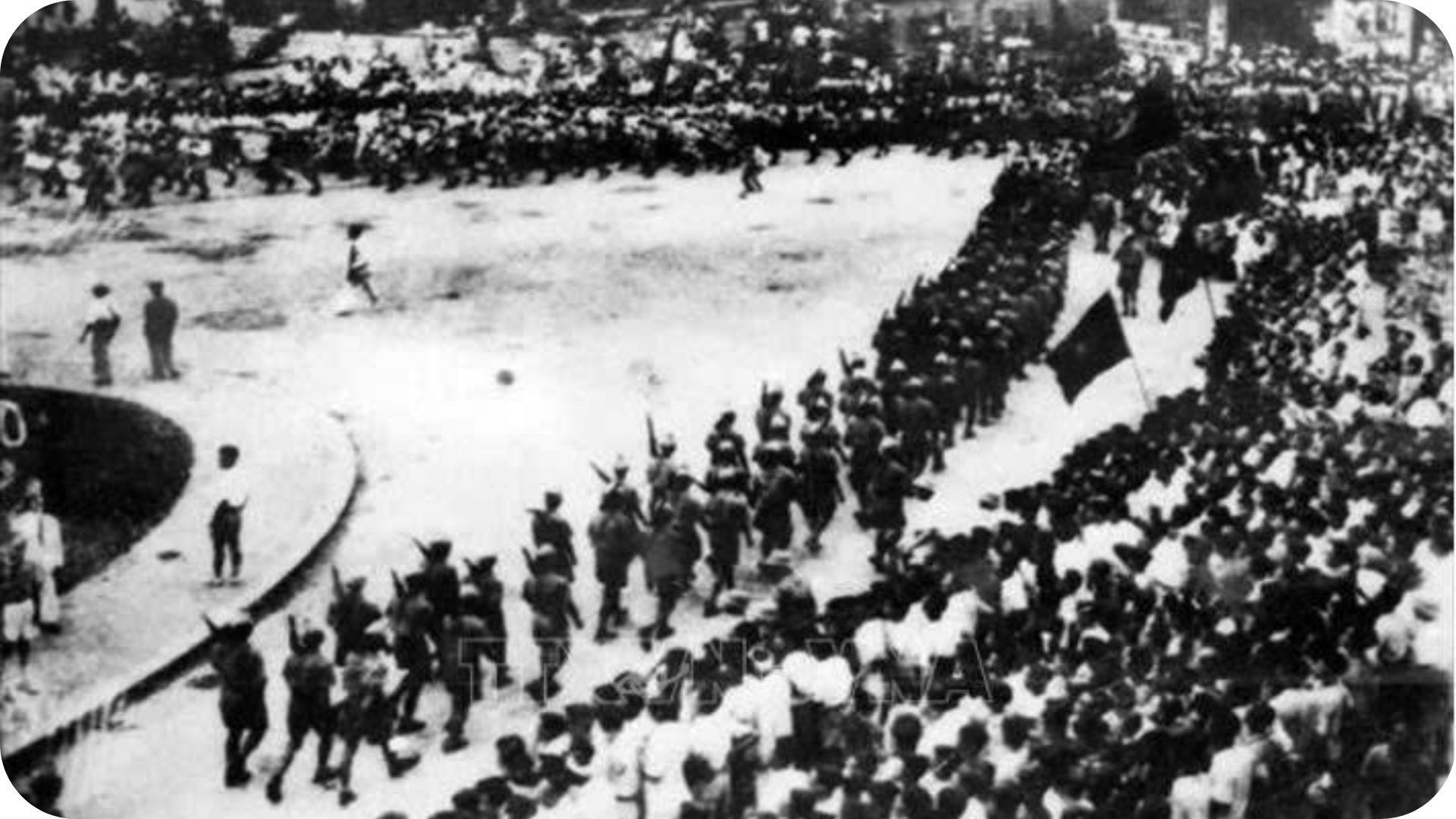
Upon arrival in Di Linh, the delegation sought the support of local intellectuals and civil servants, both Kinh and ethnic minorities, who welcomed and backed the movement. Meanwhile, mass demonstrations converged in Di Linh, where Kinh and ethnic minority residents surrounded the provincial governor’s office and demanded that Cao Minh Hieu renounce power back to the people. Intimidated by the strength of the masses, Cao Minh Hieu resigned and agreed to transfer authority.
That afternoon, thousands of Kinh and ethnic minority people gathered for a rally at Di Linh Stadium, where they were informed of the nationwide uprising and the birth of the Democratic Republic Government.
On the occasion, the Provisional Revolutionary People’s Committee of Dong Nai Thuong was formally introduced to the public. On the same day, the committee dispatched representatives to take over the security post and the offices of the former administration.

The swift, timely, and bloodless uprisings in Ha Tien and Dong Nai Thuong that day marked the triumph of the General Uprising across the entire country.
From No. 48 Hang Ngang Street in Ha Noi, President Ho Chi Minh travelled daily to 12 Ngo Quyen Street, the headquarters of the Provisional Government, where he devoted most of his time to drafting the Declaration of Independence.
